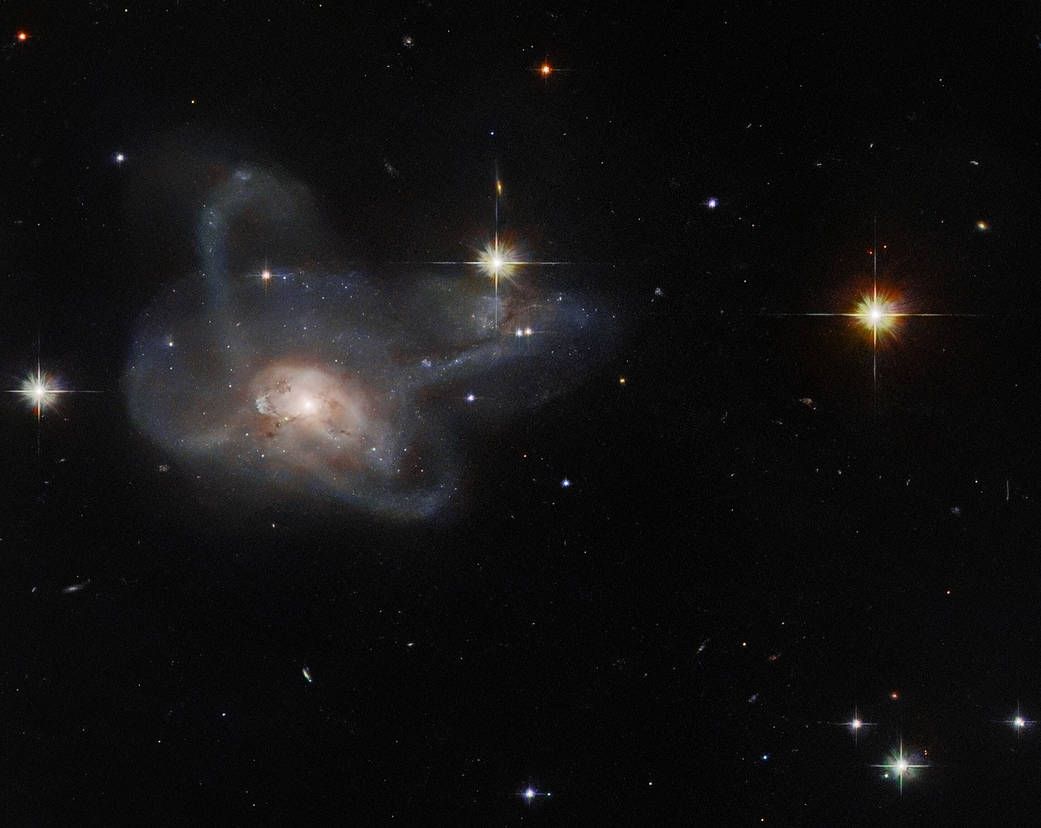Why artificial intelligence in the NHS could fail women and ethnic minorities
By Tom Bawden | iNews

Artificial intelligence (AI) could lead to UK health services that disadvantage women and ethnic minorities, scientists are warning.
They are calling for biases in the systems to be rooted out before their use becomes commonplace in the NHS.
They fear that without that preparation AI could dramatically deepen existing health inequalities in our society.
I can reveal that a new government-backed study has found that artificial intelligence models built to identify people at high risk of liver disease from blood tests are twice as likely to miss disease in women as in men.
The researchers examined the state of the art approach to AI used by hospitals worldwide and found it had a 70 per cent success rate in predicting liver disease from blood tests.
But they uncovered a wide gender gap underneath – with 44 per cent of cases in women missed, compared with 23 per cent of cases among men.
Play-to-Earn vs. Move-to-Earn explained
by Gabriëlla Modderman| Cointelegraph

Play-to-earn (P2E) crypto games are giving users the opportunity to earn in-game assets that can be exchanged for cryptocurrencies.
P2E is a new component of the GameFi ecosystem. Normally, users are gaming online while using apps or websites like Minecraft and Roblox. But, the P2E trend takes it all a little bit further.
By using blockchain technology, it’s possible to combine gaming with the benefits of crypto. Traditional gaming allowed participants to relax, enjoy the graphics and spend some time off with friends. From now on, you can enjoy gaming with another important aspect of life: earning money.
It’s essential to play on a blockchain to earn crypto tokens or nonfungible tokens (NFTs). Additionally, you don’t necessarily have to invest in expensive NFTs to earn crypto and be part of the in-game economies and business models.
What the dot-com bust can teach us about the crypto crash
by AXEL NUSSBAUMER | CoinTelegraph

The economist Benjamin Graham, known to some as the father of value investing, once compared the market to a voting machine in the short run and a weighing machine in the long run. While Graham likely would have been skeptical at best about crypto and its built-in volatility had he lived to see it, his economic theory nevertheless applies to certain aspects therein.
Since the emergence of altcoins, the blockchain space has operated almost exclusively as a “voting machine.” Many projects have, by and large, been financially unsuccessful and even detrimental to investors and the space at large. They have, instead, turned crypto into a memelord popularity contest, and their success on that front can hardly be understated. Sometimes that competition is based on who promises the best future use case — but whether that future actually arrives is another issue altogether. Often it’s based on who markets themselves best, through sophisticated-looking infographics or ridiculous token names and a series of associated “dank” memes. Whatever it is, the success of the majority of projects is based on speculation and little else. This is what Graham was referring to as that “voting machine.”
So, what’s wrong here? Many prescient people have made life-changing money while playing the game, and the constant talk of funding and building potentially world-changing decentralized tech is the norm, so it seems like the space could be an ideal environment for founders and developers, right? It isn’t. These successes have often come at the expense of unsophisticated, desperately misguided investing rookies. Furthermore, most of that value ends up in the hands of the ubiquitous so-called vaporware merchants who propagate little more than misplaced value and broken promises. So, where is Graham’s weighing machine, and when will it start to enact its force? As it happens, right now.
4 Minute Read →
🌙 NASA - Best Photo from Last Week
Hubble Spots a Merging Galactic Gem

This NASA/ESA Hubble Space Telescope observation has captured the galaxy CGCG 396-2, an unusual multi-armed galaxy merger which lies around 520 million light-years from Earth in the constellation Orion.
This observation is a gem from the Galaxy Zoo project, a citizen science project involving hundreds of thousands of volunteers from around the world who classified galaxies to help scientists solve a problem of astronomical proportions: how to sort through the vast amounts of data generated by telescopes. A public vote selected the most astronomically intriguing objects for follow-up observations with Hubble. CGCG 396-2 is one such object, imaged here by Hubble’s Advanced Camera for Surveys.
Text credit: European Space Agency (ESA)
Image credit: ESA/Hubble & NASA, W. Keel
Media Contact:
Claire Andreoli
NASA's Goddard Space Flight Center, Greenbelt, MD
301-286-1940
Last Updated: Jul 8, 2022
Editor: Andrea Gianopoulos
🎒 Cool Tools, Resources and Donate Here
Disclaimer: None of the content in this newsletter is meant to be financial advice. Please do your own due diligence before taking any action related to content within this article.
Disclaimer: Unbound is reader-supported. When you buy through links on our site, we may earn an affiliate commission.





